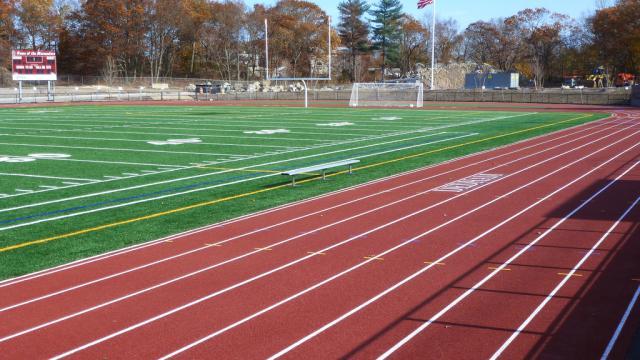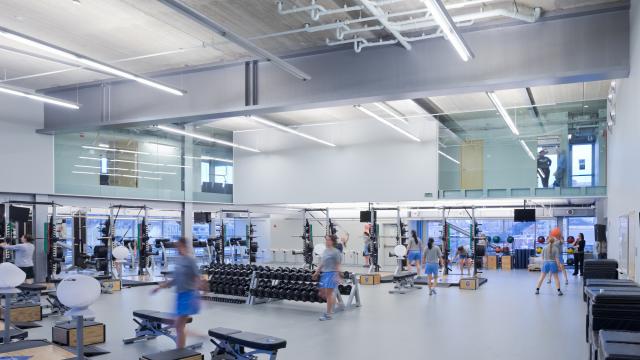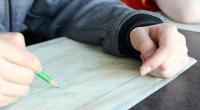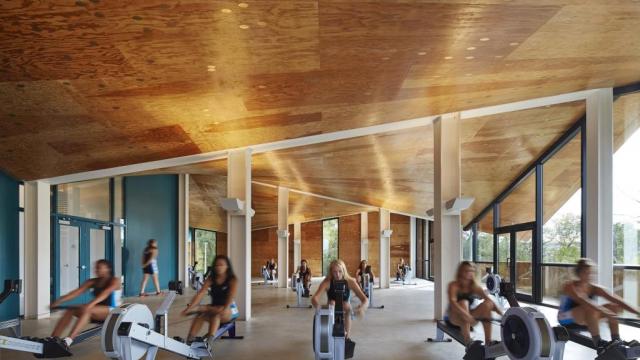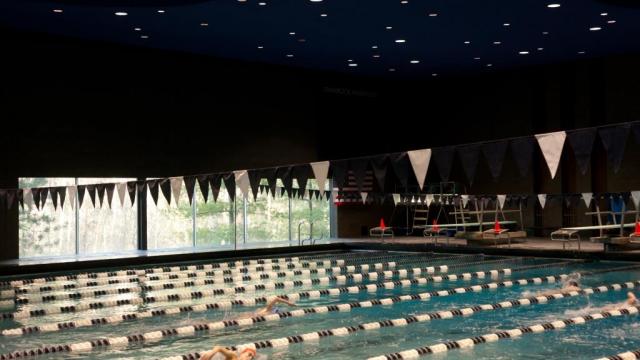
Honorable Mention - Top 10 Finalist - Christian Orme - Redesign Your School Athletic Pavilion | 2014 National High School Architecture Competition #147
As one of the various prestigious magnet facilities situated in the Las Vegas valley, Advanced Technologies Academy is a highly distinguished school with numerous national recognitions, including two Blue Ribbon School of Excellence Awards in 2003 and 2011. Focusing mainly on academics coupled with an intense integration of technology, A-TECH offers numerous program areas for students, among them: Architecture Design, Engineering, Legal Studies, Business, Computer Graphics, Information Technologies, and Networking. While flourishing with an abundant supply of technological resources to further enhance education, A-TECH unfortunately lacks a well-functioning athletic center and gym space that brings a sense of pride and community to the overall student body.
The Design Problem: Completely isolated from the rest of the school, A-TECH's current athletic "pavilion" lacks numerous critical factors of forward-thinking design and fails to meet many of the criteria commonly found in most of the more modern high school gymnasiums. The building orientation of the sturcture alone serves as a prominently obvious example of the unthoughtful considerations when designing the space. Quite literally its own seperate "world," the placement of this gym detaches the continuity of the main building from the rest of the campus - including the basketball and tennis courts, basbeball field, and the main field itslef. Window placement and ingress/egress points are - for most visitors - difficult to find and awkwardly placed, resulting in traffic ambiguity for guests and parents who attend various open houses and school wide promotion events throughout the year. Furthermore, the dull building materials including the grey concrete paneling do little to enhance the aesthetic quality of the structure's interior and exterior facades and fail to provide any visual interests and/or focal points to the design. Lastly, because this building was constructed years before A-TECH's student population expanded into the numbers we have today, the size of each component within the gymnasium is outdated and does not comply with the changing demands of the increasing P.E. class sizes and required space for extracurricular events.
The Design Solution: In order to properly relocate the gym's facilities to a more logical orientation and reallocate the spaces within the current design to better match their desired functions, I propose to begin a completely new pavilion: one that encorporates numerous aspects of modern design while simultaneously adhering to certain ADA regulations required for its potential users as well as several aspects of universal design that will ensure the durability of the structure's materials, the sustainability of its overall life cycle, and its energy performance for countless years to come. The two story recreational feature will accommodate a vast range of multi-purpose spaces including a main "lobby" that defines the centrality of the building, classrooms, exercise rooms, locker rooms/restrooms, administrative staff spaces, equipment storage, the actual gym itself, and other appropriate building attributes that a typical commercial athletic pavilion would include. Exterior wise, the adjacent field and existing basketball courts will be incorporated to the design via communal walkways and water-efficient landscaping strategies that will not only promote healthy student-to-student interaction, but will also aid in combining each of A-TECH's defined exterior campus spaces to work in harmony with one another to create a uniquely ambitious space that will ultimately provide the culture of A-TECH with a much more proud, unified, and healthier student population.

